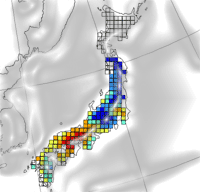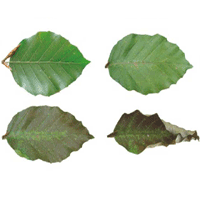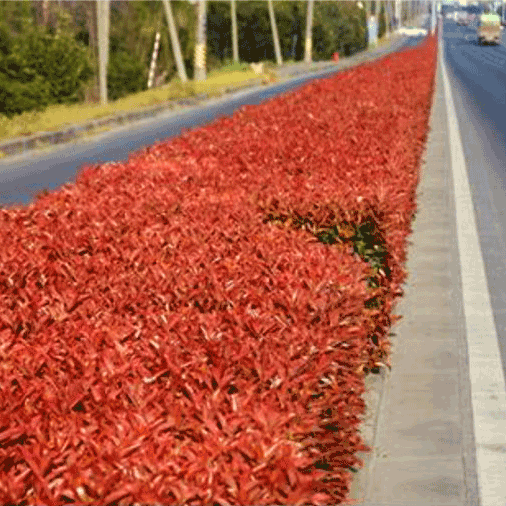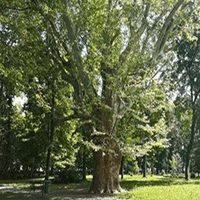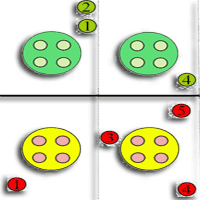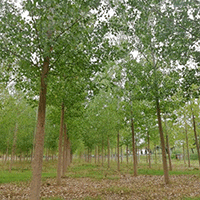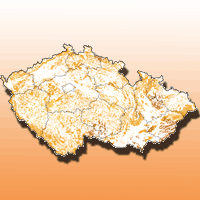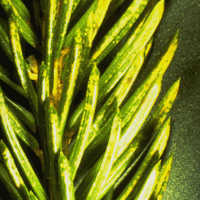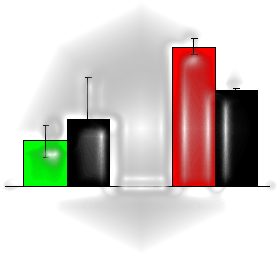
Soil drench of ethylenediurea (EDU) protects sensitive trees from ozone injury
E Paoletti (1) , WJ Manning (2), AM Ferrara (3), F Tagliaferro (3)
iForest - Biogeosciences and Forestry, Volume 4, Issue 2, Pages 66-68 (2011)
doi: https://doi.org/10.3832/ifor0569-004
Published: Apr 05, 2011 - Copyright © 2011 SISEF
Research Articles
Collection/Special Issue: IUFRO RG 7.01 2010 - Antalya (Turkey)
Adaptation of Forest Ecosystems to Air Pollution and Climate Change
Guest Editors: Elena Paoletti, Yusuf Serengil
Abstract
Ozone (O3) is the air pollutant of major concern for vegetation. Levels in Mediterranean cities may exceed the criteria for vegetation protection. Ozone may induce a number of plant responses, e.g., visible injury on the leaves, that affect the ornamental value of urban forests. Antioxidant application may protect sensitive plants from ozone. The most successful synthetic antioxidant is ethylenediurea (EDU). Here we set the optimal EDU dose and concentration (260 mg m-2 leaf, 450 ppm) for protecting adult Fraxinus excelsior trees from ozone visible injury by means of EDU applications as soil drench.
Keywords
Ethylenediurea, EDU, Tropospheric ozone, Urban forests, Ornamental trees
Authors’ Info
Authors’ address
IPP-CNR, Via Madonna del Piano 10, I-50019 Sesto Fiorentino (FI - Italy)
Dept. Plant, Soil and Insect Sciences, University of Massachusetts, Amherst, MA (USA)
Corresponding author
Paper Info
Citation
Paoletti E, Manning WJ, Ferrara AM, Tagliaferro F (2011). Soil drench of ethylenediurea (EDU) protects sensitive trees from ozone injury. iForest 4: 66-68. - doi: 10.3832/ifor0569-004
Paper history
Received: Apr 06, 2010
Accepted: Dec 21, 2010
First online: Apr 05, 2011
Publication Date: Apr 05, 2011
Publication Time: 3.50 months
Copyright Information
© SISEF - The Italian Society of Silviculture and Forest Ecology 2011
Open Access
This article is distributed under the terms of the Creative Commons Attribution-Non Commercial 4.0 International (https://creativecommons.org/licenses/by-nc/4.0/), which permits unrestricted use, distribution, and reproduction in any medium, provided you give appropriate credit to the original author(s) and the source, provide a link to the Creative Commons license, and indicate if changes were made.
Web Metrics
Breakdown by View Type
Article Usage
Total Article Views: 55652
(from publication date up to now)
Breakdown by View Type
HTML Page Views: 47012
Abstract Page Views: 3288
PDF Downloads: 3863
Citation/Reference Downloads: 8
XML Downloads: 1481
Web Metrics
Days since publication: 5371
Overall contacts: 55652
Avg. contacts per week: 72.53
Citation Metrics
Article Citations
Article citations are based on data periodically collected from the Clarivate Web of Science web site
(last update: Mar 2025)
Total number of cites (since 2011): 15
Average cites per year: 1.00
Publication Metrics
by Dimensions ©
Articles citing this article
List of the papers citing this article based on CrossRef Cited-by.
References
Ozone and broadleaved species. A guide to the identification of ozone-induced foliar injury. Paul Haupt Verlag, Bern, pp. 136.
Gscholar
Protection of ash (Fraxinus excelsior) trees from ozone injury by ethylenediurea (EDU): roles of biochemical changes and decreased stomatal conductance in enhancement of growth. Environmental Pollution 155: 464-472.
CrossRef | Gscholar

